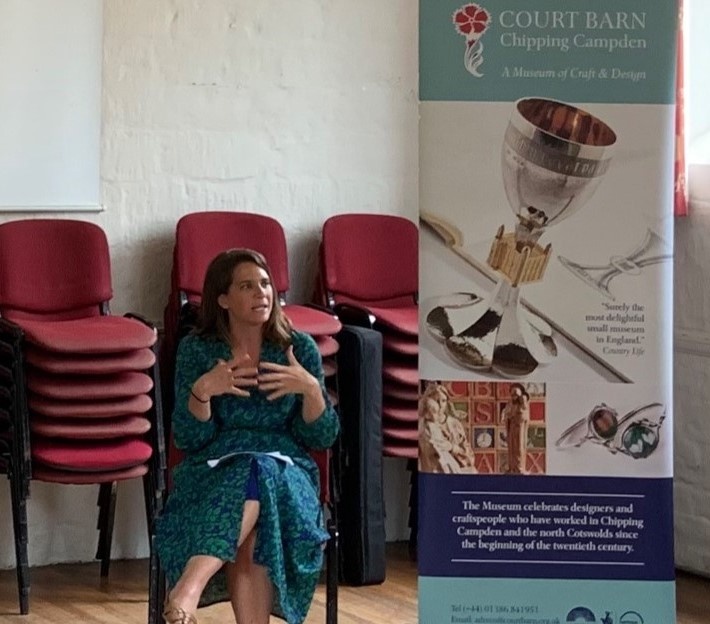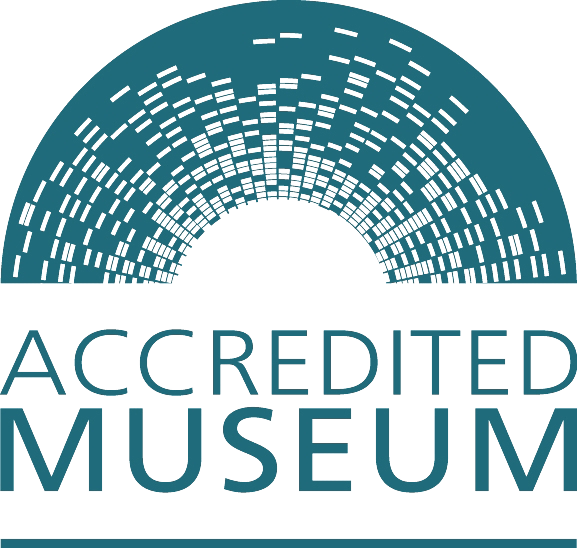
by Mary Greensted
A group of us gathered at Chipping Campden for the first event linked to the current exhibition Pioneers: 101 years of the Leach Pottery at Court Barn. The discussion about collectors and collecting was led by Marijke Varrall-Jones, founder and director of the exhibition sponsors Maak Contemporary Ceramics, together with one of the organisers, freelance curator Helen Brown.

At the start about half of us tentatively put up our hands admitting to being collectors. We talked about how we became involved and alongside public collections at the V&A, York and elsewhere, one name recurred – Peter Dingley who opened one of the first galleries specialising in contemporary crafts including ceramics in 1966 in Stratford-upon-Avon. People recalled that he was very supportive of those makers whose work he admired – he could be scathing about others – as well as of his customers. One participant remembered the warm welcome they received when being taken there as a school group by their art master.
Collectors used to be thought of as rarefied beings, taking an academic approach by selecting a few key pieces showing a potter’s development from their earliest to most recent work. Marijke has seen a new breed of collectors emerging taking a more personal and aesthetic approach – buying pieces that they loved. That’s part of the appeal of ceramics – that they are much more affordable than say paintings of sculpture. There have been amazing collections built up by individuals including such as W A Ismay now at COCA, York and Dayabandhu, the Buddhist name adopted by Michael Evans who collected some 1200 pieces in his home over 30 years, the pick of which were sold by Maak in 2020.
Even the late John P. Driscoll, some of whose wonderful collection is represented in the Court Barn exhibition and who was the epitome of an academic collector, came across pieces he had to buy because he couldn’t get them out of his head. Tastes of course do change and Marijke also noted that ‘our buyers are also our sellers’.
Pots are both useful and can provide an instant connection with the maker – you can feel and sometimes even see the hand of the potter. One participant remembered visiting a local collector. She enjoyed drinking tea out of pieces of Lucie Rie’s domestic ware but feeling perturbed when they were then put in the dishwasher. Helen recalled visiting Edmund de Waal at his London studio some years ago. His assistant went out to buy salads from the supermarket for their lunch whose mundane nature was elevated by being served from his beautiful salad bowls.
In her closing remarks Marijke encouraged us to visit museum collections, galleries and auctions, handle as much as possible, buy what you love and the best examples you can afford. The event ended with a no obligation valuation session and participants enjoyed showing their much-loved pieces to the experts.
+44 (0)1386 841951
admin@courtbarn.org.uk



October – March
Tuesday – Sunday 10am – 4pm
April – September
Tuesday – Sunday 10am – 5pm